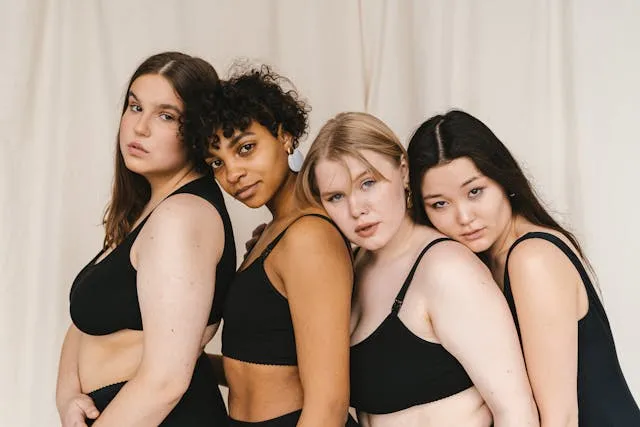
Why Inclusivity in Advertising Campaigns Matters More Than Ever
by Emily Harris — 17 Oct 2025
4 minute read
Inclusivity in advertising is no longer an option, it’s an expectation. From Dove’s Real Beauty to Apple’s accessibility campaigns, brands are showing that diversity drives impact, emotion and loyalty.
Advertising That Represents the Real World
Advertising has always reflected culture, and culture today is diverse, interconnected and proudly individual. In an era where consumers expect brands to see them, not just sell to them, inclusivity has become one of the most powerful forces in global marketing. Inclusive advertising doesn’t simply tick a box or meet a quota. It shapes how audiences feel, challenges how they’re seen, and builds relationships that are deeper and longer-lasting.
Across the world, brands are learning that representing every kind of person isn’t just the right thing to do, it’s smart business. Campaigns that celebrate different backgrounds, abilities, ages and identities consistently drive higher engagement and recall. More importantly, they strengthen a brand’s emotional equity.
Case Study: Dove’s Real Beauty Campaign
One of the longest-running examples of inclusive storytelling remains Dove’s Real Beauty campaign. Launched by Unilever, it was never about pushing a single product, but about reimagining what beauty means. Instead of featuring models, Dove showcased real women of all shapes, ethnicities and ages. Billboards, digital screens and TV spots showed skin, stretch marks and smiles, all unretouched and authentic.
What made it powerful wasn’t just the imagery, but the consistency. Over the years, the campaign evolved across OOH, digital, and experiential channels, creating conversations about representation that went far beyond advertising. In markets from London to São Paulo, Dove became synonymous with confidence and honesty. Sales grew, but so did something harder to measure: trust.
It’s a case study that media agencies often point to when showing how emotion-led inclusivity can reshape brand reputation. It wasn’t a one-off campaign, but a long-term commitment backed by media strategy, brand bravery and genuine storytelling.
Case Study: Apple’s Accessibility Storytelling
A more recent example comes from Apple, whose ongoing Accessibility campaigns have shown inclusivity through technology rather than imagery alone. Instead of marketing products solely on sleek design or innovation, Apple has spent years highlighting how its technology empowers people with disabilities.
The brand’s “The Greatest” campaign, released globally, featured real users navigating daily life using accessibility features like Voice Control, Magnifier, and Switch Control. The film was built around their stories, not as an afterthought, but as the core message. It was supported by digital and OOH advertising that mirrored this same inclusive message across cities globally.
Apple’s media strategy was equally deliberate, maintaining wide reach, but with targeted placements in community-led environments where audiences could directly relate. The result was not only award recognition but also genuine cultural impact. Apple proved that inclusivity can drive product relevance without ever feeling forced.
The Global Shift Toward Representation
What these campaigns share is intention. Inclusive campaigns now span languages, regions and perspectives, and this has reshaped how agencies plan media and creative work.
Brands that lead in inclusivity tend to see better results across multiple metrics. According to global consumer studies, audiences are twice as likely to trust brands that reflect diversity in their advertising. That trust translates into purchase decisions, brand advocacy and long-term loyalty. These are outcomes that data-driven marketers can no longer ignore.
And as global advertising expands into new territories, this approach becomes even more crucial. Inclusivity ensures campaigns resonate across markets without losing authenticity. It’s why media agencies increasingly advise clients to embed inclusive strategy at the planning stage, not as a layer added after creative is complete, but as the data-led foundation of every story told.
Why Media Agency Group Champions Inclusive Storytelling
At Media Agency Group (MAG), inclusivity isn’t a passing trend, it’s built into how campaigns are conceived and delivered. From planning multicultural OOH campaigns across London transport networks to advising global brands on tone, messaging and representation, MAG understands that audiences connect most powerfully when they feel seen.
As technology and data make advertising more targeted, the human element becomes even more important. Inclusivity isn’t about meeting expectations, it’s about exceeding them, by ensuring every campaign reflects the reality of modern audiences. That’s why brands looking to lead in 2026 and beyond are partnering with agencies like MAG, that know how to turn representation into reputation.